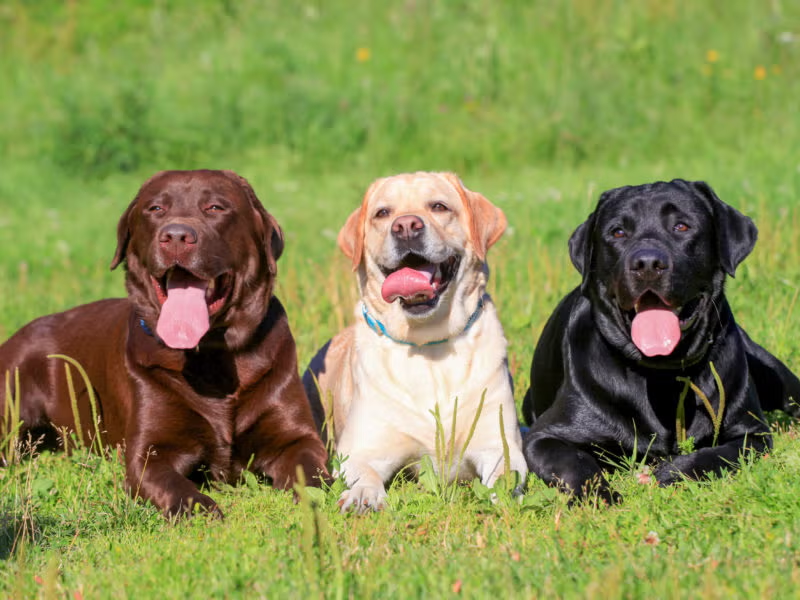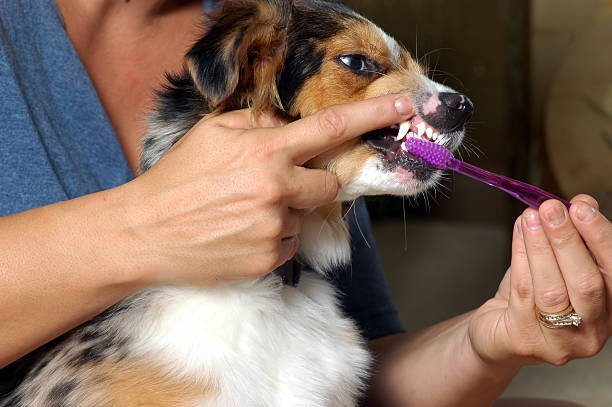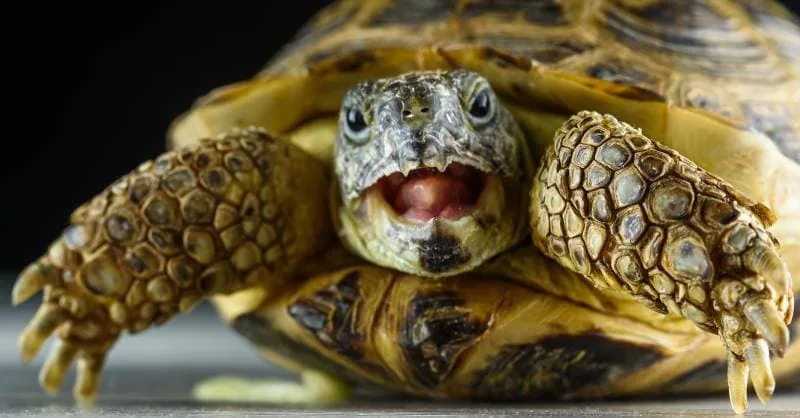Table of Contents
ToggleIntroduction to Banned Dog Breeds in the UK
To this point, it is important to know that United Kingdom has very effective laws on dog dangerous breeds control. These laws justify their existence to address instances when certain animals pose a threat to the lives of the states’ inhabitants.
The Dangerous Dogs Act of 1991 remains a chief law that governs and prohibits specific types of dogs in UK. Despite controversy, this legislation has drastically defined the guidelines of dog ownership across the country. As for the subjects and issues this article will focus on, they are the list of banned breeds in the UK , the law itself and its effects on the owners of the banned dog breeds and the public in general.
The Dangerous Dogs Act of 1991
The Dangerous Dogs Act (DDA) was made in 1991 due to the growing incidence of dog bite incidences in the UK. The act mainly targets some specific breeds that are regarded as a threat to the public domain. This includes the prohibition of keeping, breeding, or selling particular breed of dogs that depict higher levels of dangerous behaviors.
The law seeks to prevent cases of extreme harm which is brought about by dogs’ attacks. It is pertinent to note that the legislation only covers England, Wales and Northern Ireland and not Scotland.
Some of the prohibited breeds of dogs include:
There are four breeds of dogs which are completely outlawed in the United Kingdom as per the Dangerous Dogs Act. Some of these are classified as dangerous breeds and cannot be owned, bought, or sold in this state. Some of them are Pit Bull Terrier, Japanese Tosa, Dogo Argentino, and Fila Brasileiro.
The above breeds are generally known to be more prone to aggression and for this reason are banned. If a person is caught with one of these breeds of dog, then there will be a possibility of prosecution and the dog will have to be destroyed.
Pit Bull Terrier
It is the Pit Bull Terrier that was deemed as the most famous banned breed in all of United Kingdom. Thus, many people relate this breed with aggression even though not all of the dog species belonging to this breed act in this manner.
However, the breed was bred for fighting purposes, so they are aggressive in nature to some extent. Some breeds of dogs are also restricted in the United Kingdom, and these are the Pit Bull Terriers, and any dog that resembles a Pit Bull Terrier or has a similar characterallistic is also prohibited. Measures that aim at enforcing this law have been under great contentious debate in the United Kingdom.
Japanese Tosa
Tosa Japanese is one of the exotic dog breeds that are prohibited to be imported in the United Kingdom. The Tosa was developed for dog fighting, and therefore, the breed has a rather aggressive behavior. It is a large and muscular breed that was bred for fighting and was popular in Japan for this purpose.
Although the breed is not very common in the United Kingdom, the country has the Dangerous Dogs Act that outlaws it. Although, not often seen today, the Tosa has a background as a fighting breed and is therefore listed as a prohibited breed under the law.
Dogo Argentino: A Hunting Dog with a Dangerous Reputation
The Dogo Argentino is one of the large breed of the dog which was developed for the purpose of big game hunting. The breed is known to be strong, huge and over powering in the line of duty especially as a watchdog. While it can be obedient and affectionate, many owners claim to be scared with the Dogo Argentino’s size and muscular build as causes for a bad temperament.
Consequently, the UK government has identified the breed as one of the dangerous breed and has banned it under the provisions of the Dangerous Dogs’ Act. Dogo Argentinos owner is bound to several measures and it is also unlawful to export the breed to South Africa.
Fila Brasileiro: A Brazilian Guard Dog
Fila Brasileiro or the Brazilian Mastiff is one of the large breed which was intended for herding and protecting the cattle in Brazil. This breed is known to be protective of their owner and his or her belongings albeit being friendly with the owner’s family, neighbours and other familiar faces but aggressive towards strangers.
These aspects of the Fila Brasileiro have rendered them as dangerous dogs prohibited under the Dangerous Dogs Act. The Fila Brasileiro is not so popular in the UK as it is still prohibited to own or import such a dog as it is dangerous.
Implications of the Dangerous Dogs Act
Other real-life consequences that have been observed in relation to the Dangerous Dogs Act are as follows: On one side it needs to lessen the incidents of dogs’ attacks to other animals or people and also to ensure dangerous dogs do not get out in public places.
However, there are various criticisms with regards to this type of law, the most prevalent of which is that it is breed-oriented with the prohibited breeds being anathema to the law while ignoring the latter’s behavior. Some people create a lot of fuss about it stating that not all animals of the prohibited breeds are rockets and other factors such as taming and socialization contribute to the temperament of the dog in question.
Breed-Specific Legislation: A Controversial Approach
Breed-specific legislation (BSL) such as the one which led to the creation of the Dangerous Dogs Act is rather questionable. The opponents suppose that it is ineffective to point out the prohibition on particular breeds causes ignore the primary reasons behind the dogs’ aggression, which can stem from negligent handling.
Others advocate for the argument by saying that the law targets some breeds while leaving the behavior of the dogs uncontrollable. Some anti-barking organizations use the anti-barking laws to ban many dog breeds as a result, many animal welfare organizations recommend for replacing breed-specific laws with those that focus on the owners and the behaviours of the dogs regardless of their breed.
Exceptions and Legal Loopholes
Apart from that, however, there are certain provisions and legal ambiguity that enables some of these prohibited dogs to be owned but under certain conditions. However, if the dog of the banned breed and is considered a non-dangerous creature, the owners have the opportunity to apply for exemption.
In many states there may be legal requirements regarding spaying and neutering and micro chip and ensuring the dog and other legal formalities that the owner of the dog has to fulfill. However, in the case of food-stuffs, such exemptions are hard to come by and the whole process entails a lot of time and money.
The Role of Dog Owners in Preventing Attacks
It means that the pet owners have the main role of preventing the acts of aggression as well as taming their animals. This includes training the animal, socializing and ensuring that the animal is closely supervised especially it is still young.
It should also be noted that this breed can be aggressive and the owner should consider this and ensure his dog is neutralized. However there are breeds of dogs that are feared for aggression but in fact, most of the cases of attack could be attributed to neglect and poor handling. Education and awareness are therefore imperative if the rates of dangerous dog incidents within the United Kingdom are to be checked.
The Future of Dog Breed Bans in the UK
It is uncertain that the future of breed bans will be retained or retained in full in the United Kingdom. If more controversy is to arise regarding BSL or the need for alteration in the Dangerous Dogs Act is to be made. Concerning the experts’ opinions, it was stated that changes in the legislation toward determination of prohibited breeds and concentrate on the signs of and behaviors that lead to an assault may be more effective in minimizing dangerous dog attacks.
Personally, I believe that the problem of dangerous dogs or rather the rights of the public to protect themselves specially from such animals is or will be debated for many years to come in the UK despite any changes in the law.
Conclusion
The subject of prohibited breeds of dog in the United Kingdom is rather delicate as well as controversial. The Dangerous Dogs Act of 1991 has been rather useful in controlling dangerous dogs; however, the criticisms have emerged, mainly because it has generally applied general measures.
The objective of the law is to prevent dog attacks, however, it does not target and prevent the factors contributing to this behaviour like lack of trained trainers and owners. Thus, it may be more appropriate to adopt a new prevention strategy that is based on the characteristics of a specific animal regardless of the breed rather than breed-specific approach in preventing the negative impact that dogs can pose to the public.





